Wombats are marsupials native to Australia, known for their stocky, muscular build and burrowing habits. These animals are herbivorous and primarily feed on grasses, roots, bark, and shrubs. Despite their strong physique and underground homes, wombats are not immune to predation. Several predators threaten the survival of these iconic creatures in their natural habitat.
This article explores the various predators of wombats and their role in shaping the ecological dynamics of Australian ecosystems. From dingoes to feral cats, many species pose a threat to wombat populations, highlighting the delicate balance between predator-prey relationships in the wild. Understanding these interactions can help conservationists develop effective strategies for protecting vulnerable species like wombats from extinction.
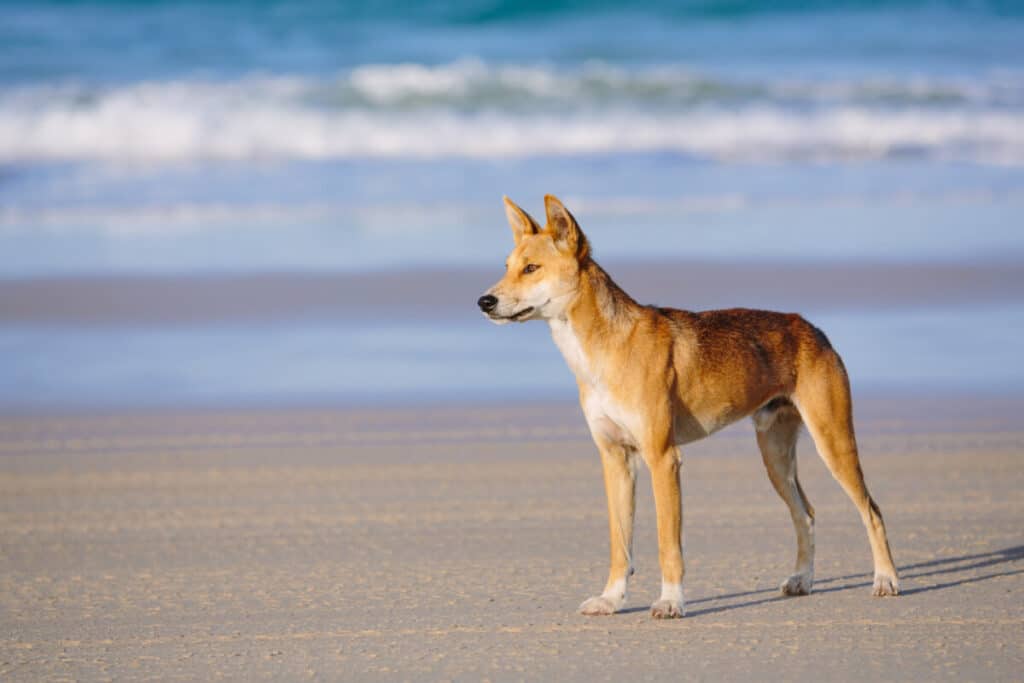
Dingoes
Dingoes have been identified as a significant threat to the safety of wombats, as they are skilled hunters and can easily overpower these marsupials. Wombat and dingo coexistence has become a concern for conservationists, who are working towards finding ways to protect wombats from dingoes.
Wombat conservation efforts against dingoes include creating predator-proof enclosures and using guardian animals such as donkeys or dogs. These methods have proven effective in protecting wombat populations from dingo attacks. However, some argue that these measures may disrupt the natural ecosystem by altering the balance between predators and prey. The debate continues over how best to protect wombats while also maintaining the balance of nature in their habitats.
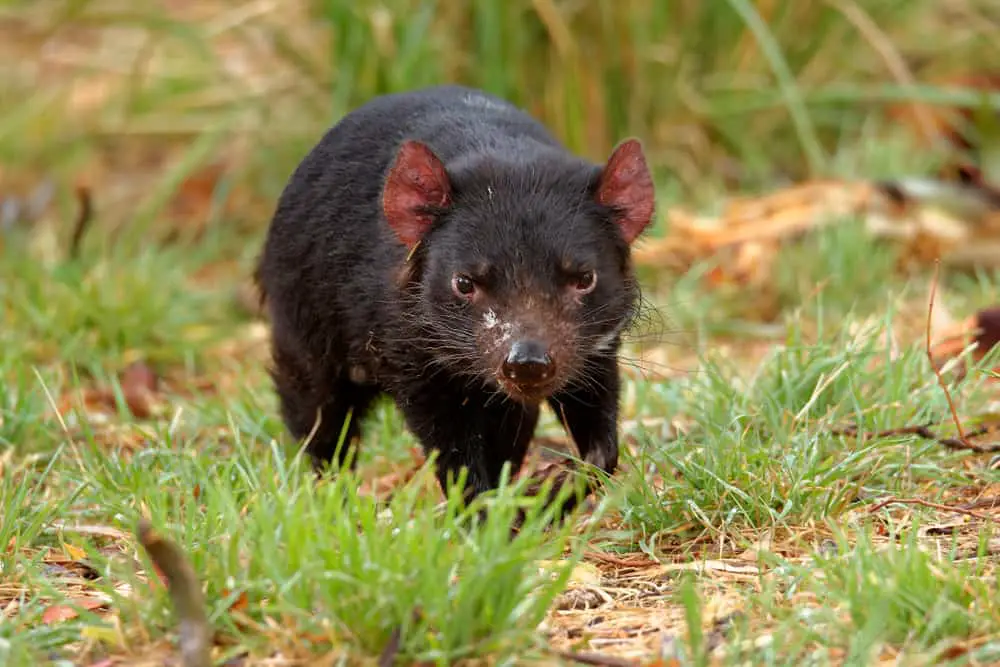
Tasmanian Devils
The Tasmanian Devil is known for its ferocity in hunting and has been observed preying on a variety of small to medium-sized mammals, including wallabies, possums, and bandicoots. Unfortunately, wombats are not exempt from their predatory activities. Tasmanian devils have been identified as one of the top predators of wombats in Tasmania.
This poses a significant threat to wombat conservation efforts as they already face numerous challenges such as habitat loss, road accidents, and disease. The eradication of Tasmanian devils due to their role in transmitting facial tumor disease has also impacted the predator-prey relationship between them and wombats. This highlights the need for further research into alternative methods of controlling the spread of disease while preserving the vital role that Tasmanian devils play in maintaining ecosystem balance.
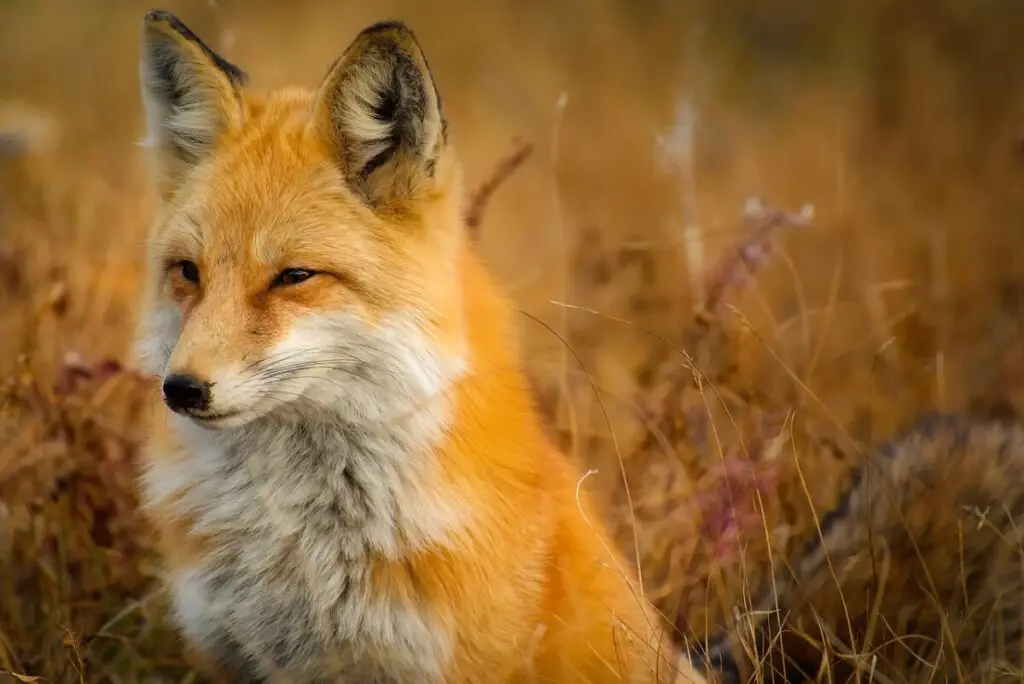
Foxes
Foxes, known for their cunning hunting tactics and adaptability, are a significant threat to small native mammals in the Australian bush. They have been introduced to Australia by European settlers and have since become one of the most successful invasive species on the continent. Foxes are opportunistic predators that can prey on a variety of animals, including birds, reptiles, insects, and small mammals like rodents and rabbits.
The behavior of foxes is particularly dangerous for wombats. These marsupials are slow-moving and rely on their burrows for protection from predators. However, foxes are skilled diggers and can easily enter wombat burrows to prey on them or steal their young. Because wombats play an important role in the ecosystem as seed dispersers and soil engineers, the impact of fox predation can be significant. It is crucial that conservation efforts focus not only on protecting individual wombat populations but also on controlling invasive species like foxes that threaten entire ecosystems.

Snakes
Slithering silently through the underbrush, snakes pose an unseen threat to the safety of wombats in the Australian bush. While there are no specific data on the number of wombats killed by snake bites, it is known that various snake species inhabit their habitat. Wombats have a unique burrow design that provides them with protection against predators; however, this burrow design also increases their vulnerability to snake attacks. The long and narrow tunnels can make it difficult for wombats to escape from a pursuing predator.
Wombat-snake interactions are not entirely understood, but certain strategies suggest that wombats have developed ways of avoiding snakes. One study found that wombats tend to avoid areas where snakes have been active or where there is high vegetation cover since these areas provide hiding places for snakes. Additionally, some observations suggest that wombats use their sense of smell to detect the presence of snakes and avoid them altogether. However, more research is needed into how wombats recognize and react to snake threats in their environment to better understand how they survive in such dangerous conditions.
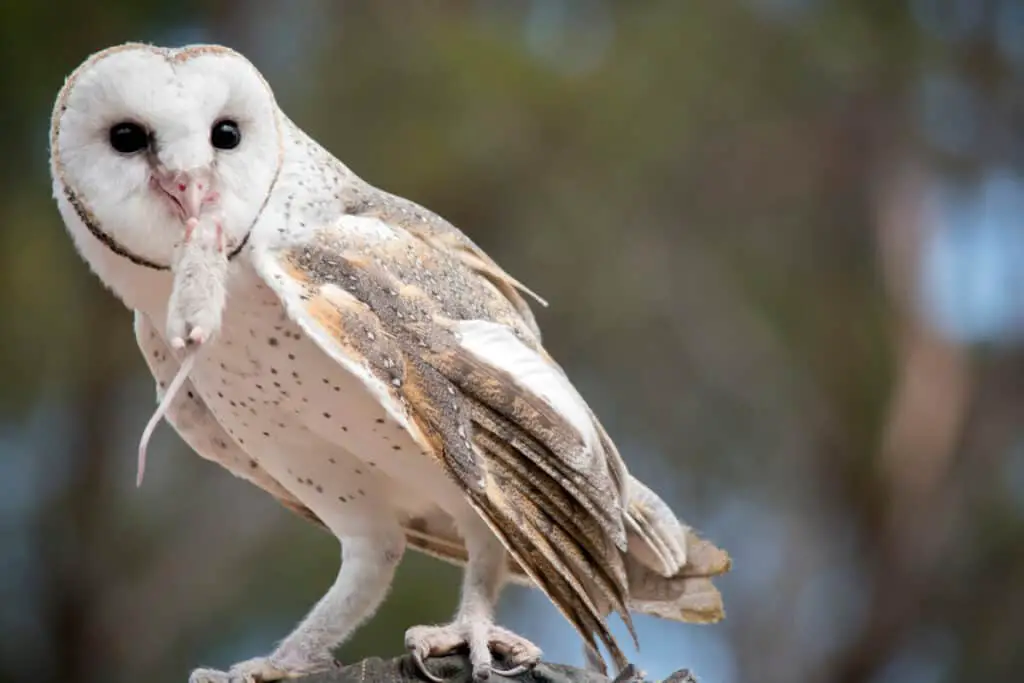
Birds of Prey
Aerial predators, such as birds of prey, pose a significant threat to the safety of wombats in their natural habitat. These predators include eagles, hawks and owls, who have adapted to hunt small mammals from high above. Wombats’ burrowing behavior patterns can offer some protection against these aerial attacks. Wombats are known to create extensive burrow systems with multiple entrances and exits which they use for shelter and protection from the elements. When threatened by a predator, wombats will retreat into their burrows where they can hide until the danger has passed.
Wombat adaptations also play a crucial role in protecting them from bird of prey attacks. Wombats have powerful legs and sharp claws that enable them to dig deep into the ground quickly if they sense danger approaching. Additionally, their thick fur acts as an effective armor against sharp talons or beaks that may attempt to penetrate their skin. Despite these adaptations, however, wombat populations continue to face threats from birds of prey due to habitat loss and fragmentation caused by human activity.
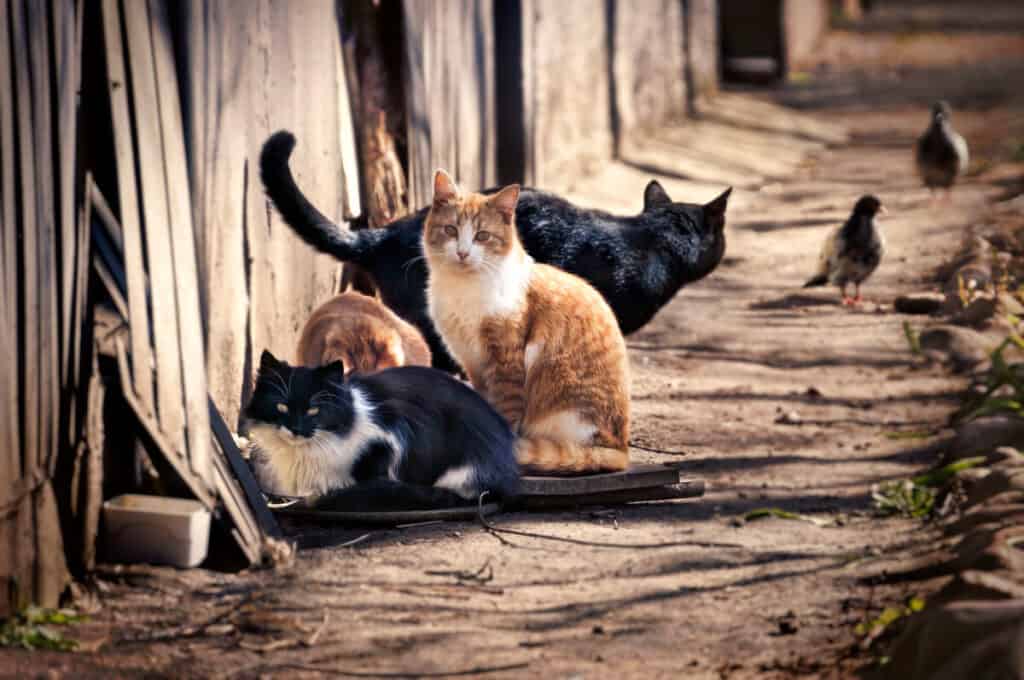
Feral Cats
The feral cat population has become a growing threat to the survival of wombats in their natural habitat. Feral cats are predators that have been introduced into Australia and have no natural predators themselves. They are known to prey on small mammals, including wombats, and can cause significant damage to local ecosystems.
Feral cat control has become increasingly important in recent years as their numbers continue to grow and they pose a threat to native wildlife. In addition to preying on wombats, feral cats also compete with other native predators for resources such as food and shelter. Their impact on the ecosystem can be devastating, leading to declines in populations of other species and disrupting the delicate balance of the ecosystem. As such, it is crucial that measures are taken to control feral cat populations and protect vulnerable species like wombats from their predation.
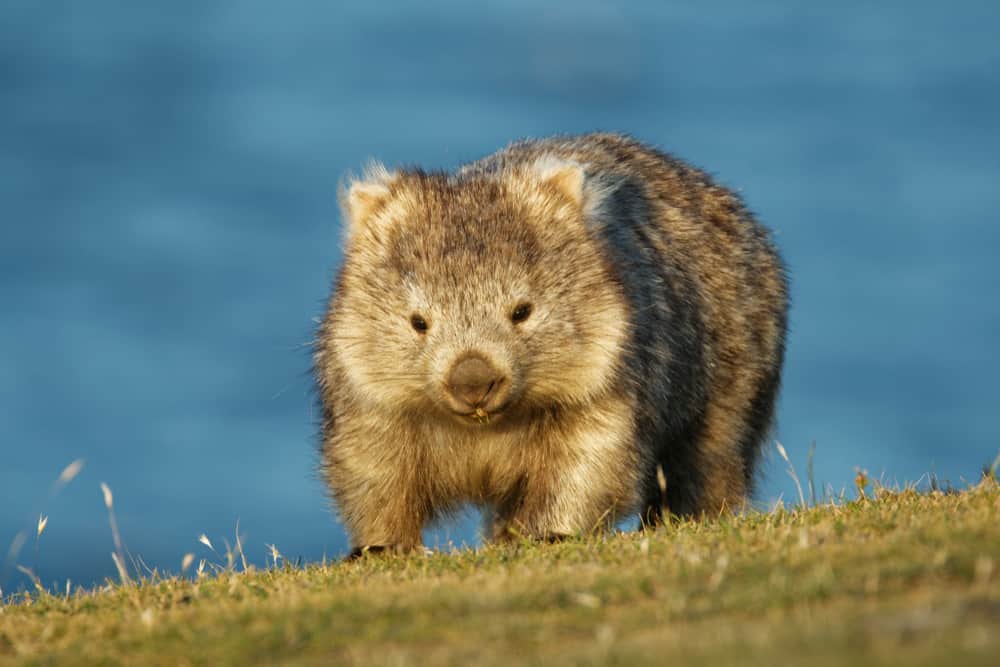
Conclusion
In conclusion, wombats face various predators in their natural habitats. Dingoes are the top threat to wombat safety as they can easily overpower and kill them. Tasmanian devils and foxes are also ferocious predators that hunt wombats for food. Additionally, snakes and birds of prey pose a hidden danger to these creatures, especially the young ones who are more vulnerable.
Furthermore, human impact on wombat predation cannot be ignored. Habitat loss due to urbanization and agricultural activities has led to increased encounters between humans and wildlife, resulting in accidental killings or injuries of wombats. Feral cats have also become a growing threat to wombat populations as they hunt them for sport or food. It is important that conservation efforts prioritize the protection of these unique marsupials from both natural predators and human-induced threats to ensure their survival in the wild.
